1. Artificial Food Dyes (Red 40, Yellow 5, Blue 1)
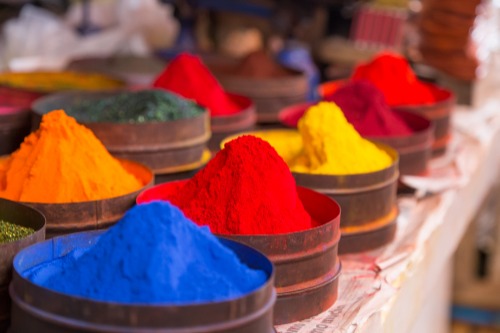
Artificial food dyes like Red 40, Yellow 5, and Blue 1 are commonly found in snacks, candy, and soft drinks to create eye-catching colors. But these dyes have come under increasing scrutiny, especially due to concerns that they might contribute to hyperactivity and behavioral problems in children, according to ABC News. Research has linked artificial colors to potential ADHD symptoms, and in Europe, products containing these dyes must carry warning labels. While the FDA still considers them safe in small amounts, public concern is growing.
As people become more conscious of what goes into their food, the demand for natural alternatives is rising. Ingredients like beet juice, turmeric, and spirulina are being used as natural colorants instead of synthetic dyes. By 2030, it’s very likely that we’ll see these artificial food colors phased out as consumers push for cleaner and healthier food options.
2. Artificial Sweeteners (Aspartame, Sucralose, Saccharin)
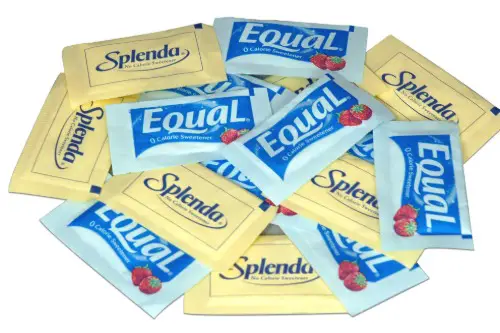
Artificial sweeteners like Aspartame, Sucralose, and Saccharin have long been used to replace sugar in diet sodas and other sugar-free products, according to the FDA. They’re calorie-free, but there’s growing concern about their long-term health effects. Some studies suggest links to headaches, metabolic issues, and even cancer. Despite being approved by the FDA, many health experts believe these sweeteners could pose a risk, and as more studies emerge, we’re seeing a shift in the way people approach them.
The push for all-natural ingredients in food is driving many companies to replace artificial sweeteners with natural alternatives like stevia or monk fruit. As more people choose whole foods and avoid highly processed items, it’s likely that by 2030, artificial sweeteners will be far less common in American diets.
3. BHA and BHT (Preservatives)
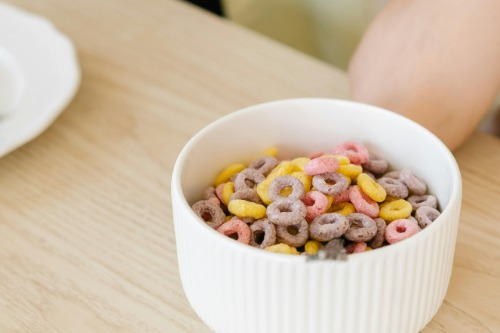
BHA (butylated hydroxyanisole) and BHT (butylated hydroxytoluene) are common preservatives used in packaged snacks, breakfast cereals, and oils to keep them from spoiling. These chemicals help products last longer, but there are concerns about their potential to cause cancer and disrupt hormone function. While the FDA has deemed them safe in small amounts, they’ve been banned in several other countries due to health risks, according to The Guardian.
Consumer demand for cleaner, more natural foods is pushing brands to remove artificial preservatives in favor of options like vitamin E or rosemary extract. By 2030, as awareness of these chemicals grows, it’s likely that BHA and BHT will no longer be found in many products.
4. Dough Conditioner (Azodicarbonamide)
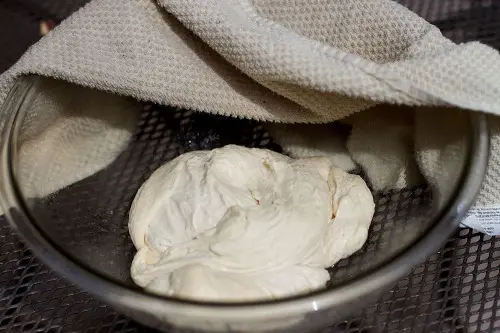
Azodicarbonamide is a chemical used in commercial bread-making to make dough rise and improve texture. It’s been linked to respiratory problems and asthma, and what really caused alarm is that it’s also used to make foam plastics, including yoga mats. Though it’s approved by the FDA, it has been banned in Europe and parts of Asia, according to CBS News.
As people become more health-conscious and demand cleaner foods, many major brands have already eliminated azodicarbonamide from their bread products. By 2030, it’s expected that this chemical will no longer be a staple in U.S. food production as natural alternatives take its place.
5. Olestra (Fat Substitute)
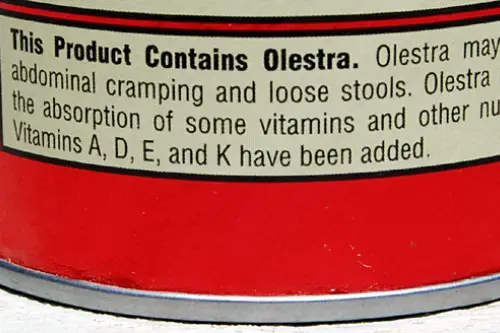
Olestra is a fat substitute that was marketed in the ‘90s as a way to create low-fat snacks like chips. While it helps reduce fat content, it has some serious side effects, like causing digestive issues such as cramps and diarrhea. Even worse, Olestra interferes with the absorption of essential vitamins like A, D, E, and K, which are crucial for good health.
With consumers becoming more aware of the downsides of artificial ingredients, Olestra’s popularity has been on the decline. By 2030, it’s likely that Olestra will be entirely phased out in favor of healthier, more natural alternatives that don’t come with such unwanted side effects, according to Yahoo.
6. TBHQ (Tertiary Butylhydroquinone)
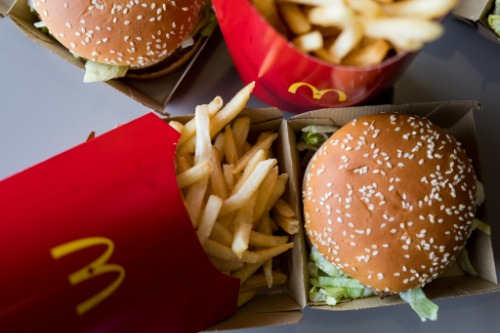
TBHQ is a preservative commonly used in processed foods, particularly those with high-fat content, like fast food and microwave popcorn. While it keeps foods from going rancid, TBHQ has been linked to allergic reactions, hyperactivity in children, and even liver damage in animal studies. It’s a chemical that, despite being approved by the FDA, has caused concern among health experts.
As people demand cleaner, less processed foods, many brands are starting to avoid using TBHQ in favor of natural preservatives. With more research connecting it to potential health risks, TBHQ’s use in food is expected to significantly decrease by 2030.
7. Propyl Paraben (Preservative)
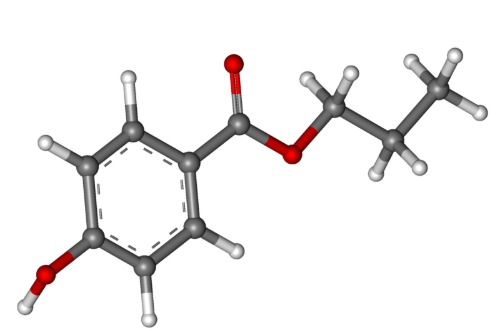
Propyl paraben is a chemical used as a preservative in both food and cosmetics. It helps prevent the growth of harmful bacteria and mold, but it has also been linked to hormone disruption, especially affecting estrogen levels in the body. The chemical has been under fire for its potential role in reproductive issues and even certain cancers.
The European Union has banned many parabens in food products, and the U.S. might follow suit as more research emerges about their negative effects. As people become more cautious about hormone-disrupting chemicals, it’s likely that propyl paraben will be phased out by 2030, especially in food products.
8. rBGH (Recombinant Bovine Growth Hormone)
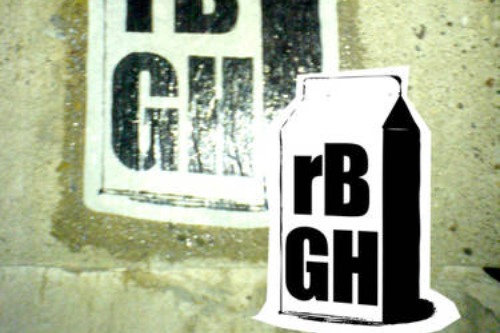
rBGH is a genetically modified hormone used to increase milk production in cows. While it’s still allowed in the U.S., its use is banned in many countries because of concerns over the hormone’s potential links to cancer, particularly breast and prostate cancer. Some studies suggest rBGH can increase insulin-like growth factor (IGF-1) in humans, a protein that’s been linked to cancer.
In response to growing consumer concern, many milk producers have already shifted to hormone-free products. As the demand for organic and hormone-free dairy continues to rise, rBGH’s use is likely to be restricted or banned in the U.S. by 2030.
9. Dextromethorphan (DXM)
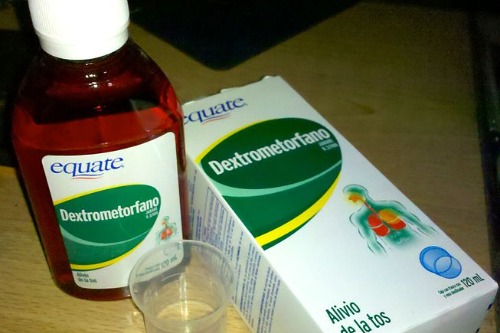
Dextromethorphan (DXM) is a common ingredient in over-the-counter cough syrups. While it’s effective in treating coughs, it’s also known for its misuse as a recreational drug. When taken in high doses, DXM can cause hallucinations, seizures, and serious health complications. Some states have already passed laws restricting access to DXM in an effort to curb abuse.
Given the growing concerns about DXM’s misuse, it’s possible that by 2030, this ingredient will be removed from over-the-counter products or at least subject to stricter regulations.
10. Sodium Nitrate/Nitrite (Preservative in Processed Meats)

Sodium nitrate and nitrite are preservatives commonly used in processed meats like bacon, hot dogs, and deli meats to maintain color and prevent bacterial growth. However, these chemicals have been linked to an increased risk of certain cancers, particularly colorectal cancer. The World Health Organization has classified processed meats as carcinogenic due to these preservatives.
Countries like Denmark have already banned the use of nitrates and nitrites in food, and as consumer demand for healthier, less-processed food grows, the U.S. may follow suit. By 2030, it’s highly probable that these preservatives will no longer be used in most packaged meats.
11. Potassium Bromate (Baking Agent)
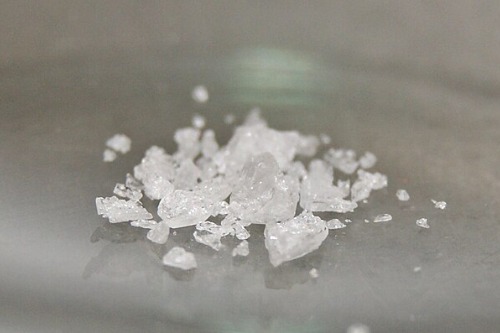
Potassium bromate is often used in the baking industry to strengthen dough and help bread rise. While it makes bread fluffy and soft, it has been linked to cancer in laboratory animals. Many countries, including those in the European Union, have banned its use due to safety concerns.
In the U.S., potassium bromate is still allowed in food products, but as consumers become more aware of its risks and demand safer ingredients, it’s likely that potassium bromate will be banned by 2030. Already, many companies have removed it from their products, showing the trend towards safer, cleaner food ingredients.
12. Caramel Coloring (4-MEI)
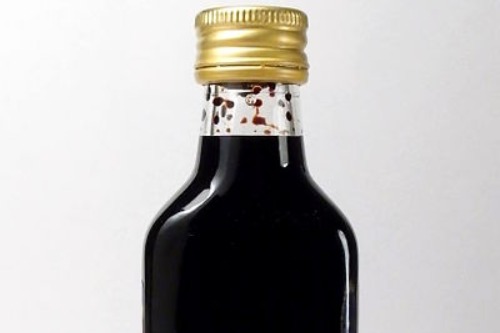
Caramel coloring is widely used in sodas, sauces, and processed foods to give them a rich brown color. One of its byproducts, 4-methylimidazole (4-MEI), has been linked to cancer in animal studies, leading to concern about its presence in food. California has already required products containing high levels of 4-MEI to carry a cancer warning label.
As consumers become more health-conscious and avoid foods with controversial ingredients, it’s likely that by 2030, caramel coloring with high levels of 4-MEI will be banned in the U.S., with companies opting for natural colorants instead.


